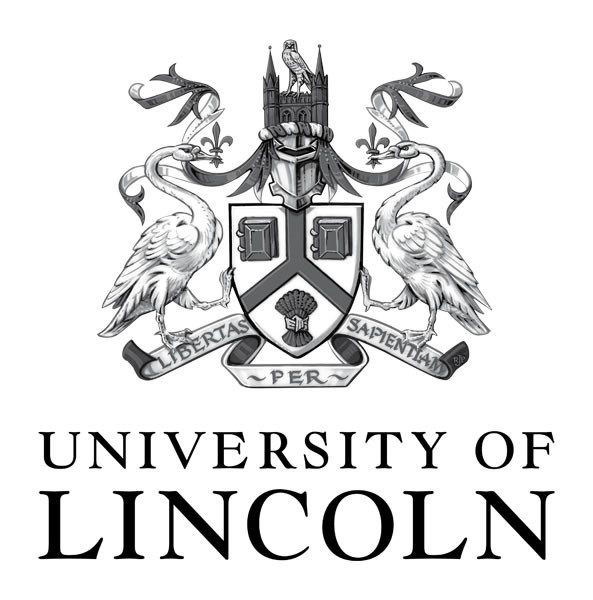University of Lincoln
The University of Lincoln has made good progress in addressing its environmental impacts. Carbon emissions have fallen significantly from the 2005/06 baseline and a new set of sustainability guidelines have been developed to limit the impact of new buildings and major refurbishments.
Energy & Carbon
The University of Lincoln has made significant progress in reducing its scope 1 & 2 carbon dioxide emissions towards the HEFCE 2020 target. The carbon emissions level has fallen from 9,781 tonnes in 2005/06 to 8,149 tonnes in 2011/12 – a fall of 17%. This reduction has been achieved despite an overall increase in student numbers over the period.
Most of the buildings at the University have been built since 2000 and therefore the building fabric tends to be of a high standard. The energy reduction opportunities are centred on the improved control of energy usage within buildings. As part of the Revolving Green Fund 2 funding from HEFCE, the Building Management System at the Brayford Campus was extended and updated. The BMS is now more accessible for staff and each of the most energy intensive buildings are covered. The improvements to the BMS were based on recommendations from an audit by The Green Consultancy that looked at energy conservation opportunities at the University.
In 2012 the University brought its Student Village Residences back in-house from a management arrangement. This presented the opportunity to refurbish the residences and focus on reducing their energy consumption. The refurbishment programme was divided into a rolling three year programme. In the first stage five of the 17 Courts were refurbished – this involved switching the lighting to LED versions, replacing the white goods with A+ rated machines and installing electronic radiator valves to control the heating.
As only five of the Courts had been refurbished it was possible to compare their energy performance against the untouched buildings. Compared to the previous year electricity consumption in the refurbished Courts fell by 23%, whereas in the other Courts consumption rose by 1.2%. Similarly gas consumption fell by 7% despite a significant increase in degree days. Maintenance call outs and student complaints over temperature also fell significantly at the refurbished Courts.
Brayford Campus Masterplan
In March 2013 outline planning permission was granted for a new Masterplan for the Brayford Campus. The Campus is the University’s largest site in the centre of Lincoln. The new masterplan sets out a vision for the future development of the site over the next decade. The plans for the site were put together by Allies & Morrison and included a new travel plan, ecological survey and archaeology investigation for the Campus.
Sustainability is at the heart of the masterplan document. The City Council was keen that any future buildings should be constructed to a high environmental standard. The University examined putting the whole site forward for the BREEAM Communities scheme. However, it was decided to tackle each potential new building on a case by case basis.
Following on from the masterplan the Environmental & Sustainability Team has produced a set of Sustainable Construction Guidelines for the site – this document sets out a series of red lines for the environmental performance of new buildings and major refurbishments. The aim of the guidelines is not to design the buildings but to set some basic parameters that lead to a high performing building.
Sustainable Transport Initiatives
Travel Surveys
The latest staff travel survey shows that the percentage of staff driving to the University has fallen from 66% in 2010 to 58% in 2013. In 2013 the single occupancy car usage has fallen below 50% for the first time in our series of travel surveys. This is a good result in a largely rural county where public transport links are limited.
The Brayford Campus is in the centre of Lincoln and as such is easily accessible by foot. Additionally, the vast majority of student residences (both University and private) are within half a mile of the Campus – as a result over 80% of students walk or cycle to the University.
In 2011 car parking charging was introduced for staff and this led to changes in staff travel patterns. To encourage more staff members on to public transport the University has introduced a season ticket loan system and staff are offered discounted bus travel through the local Business Improvement Group. The University is also part of the local car share scheme.
CycLin Bike Hire Scheme
Since 2010 the University has been working closely with Sustrans to deliver a bike hire scheme for students, which is called CycLin. The CycLin scheme has 70 bikes that are hired out on a month, term or year basis. CycLin has been very well received by students, and the scheme is fully subscribed with a waiting list. International students have been particularly interested in the CycLin scheme with around half of the participants coming from this group. Plans are in place to further develop the scheme by replacing the existing bikes and expanding to over 100 cycles.
Main Contact Name: Dan Clayton, Environmental & Sustainability Manager
Main Contact Email & Telephone: dclayton@lincoln.ac.uk and 01522 886468
Further information/website: www.lincoln.ac.uk/environment
Share with us: www.twitter.com/greenlincolnuni
www.facebook.com/GreenLincolnUni












